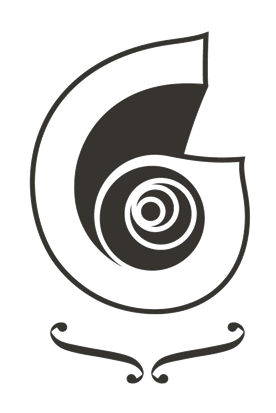Origins of the Violin - the Lyra, Fiddle, to the 16th Century
Share
The Lira is the Origin of the Violin

The history of bowed string musical instruments in Europe goes back to the 9th century with the lira (or lūrā, Greek: λύρα) of the Byzantine Empire, a bowed instrument (held upright). The Persian geographer Ibn Khurradadhbih (d. 911) of the 9th century, was the first to cite the bowed Byzantine lira as a typical instrument of the Byzantines and equivalent to the rabāb used in the Islamic Empires of that time.[1] The Byzantine lira spread through Europe westward and in the 11th and 12th centuries European writers use the terms fiddle and lira interchangeably when referring to bowed instruments (Encyclopædia Britannica. 2009). In the meantime rabāb was introduced to the Western Europe possibly through the Iberian Peninsula and both bowed instruments spread widely throughout Europe giving birth to various European bowed instruments.
Youtube video of a person playing the 6th century lyre: http://ow.ly/yyd0P
Gamba and braccio
Over the centuries that followed, Europe continued to have two distinct types of bowed instruments: one, relatively square-shaped, held in the arms, known with the Italian term lira da braccio (meaning viol for the arm) family; the other, with sloping shoulders and held between the knees, known with the Italian term lira da gamba (or viola da gamba, meaning viol for the leg) group.[2] During the Renaissance the gambas were important and elegant instruments; they eventually lost ground to the louder (and originally viewed as less aristocratic) lira da braccio family of the modern violin.
Emergence and early spread of the Violin – 16th Century

The violin as we know it today first emerged in northern Italy in the early 16th century especially from the Brescia area. Many archive documents testify that from 1485-95 Brescia was the cradle of a magnificent school of string players and makers, all called with the title of "maestro" of all the different sort of strings instruments of the Renaissance: viola da gamba (viols), violone, lyra, lyrone, violetta and viola da brazzo. One of the firsts documents that testify the excellence of brescian masters is the 1495 order of three "viole" from Isabella D'Este Gonzaga to an anonymous maker in Brescia. One can find "maestro delle viole" or "maestro delle lire" and later, at least from 1558, "maestro di far violini" that is master of violin making. From 1530 the word violin appears in brescian documents and spread all around north of Italy especially in the last decades of the century. While no instruments from the first decades of the century survive, there are several representations in paintings; some of the early instruments have only three strings and were of the violetta type. Most likely the first makers of violins borrowed from three different types of current instruments: the rebec, in use since the 10th century (itself derived from the Arab rebab), the Viola da Braccio (or Renaissance Fiddle), and the lira da braccio. The earliest explicit description of the instrument, including its tuning, was in the Epitome musical by Jambe de Fer, published in Lyon in 1556. By this time the violin had already begun to spread throughout Europe. (Wikipaedia)
